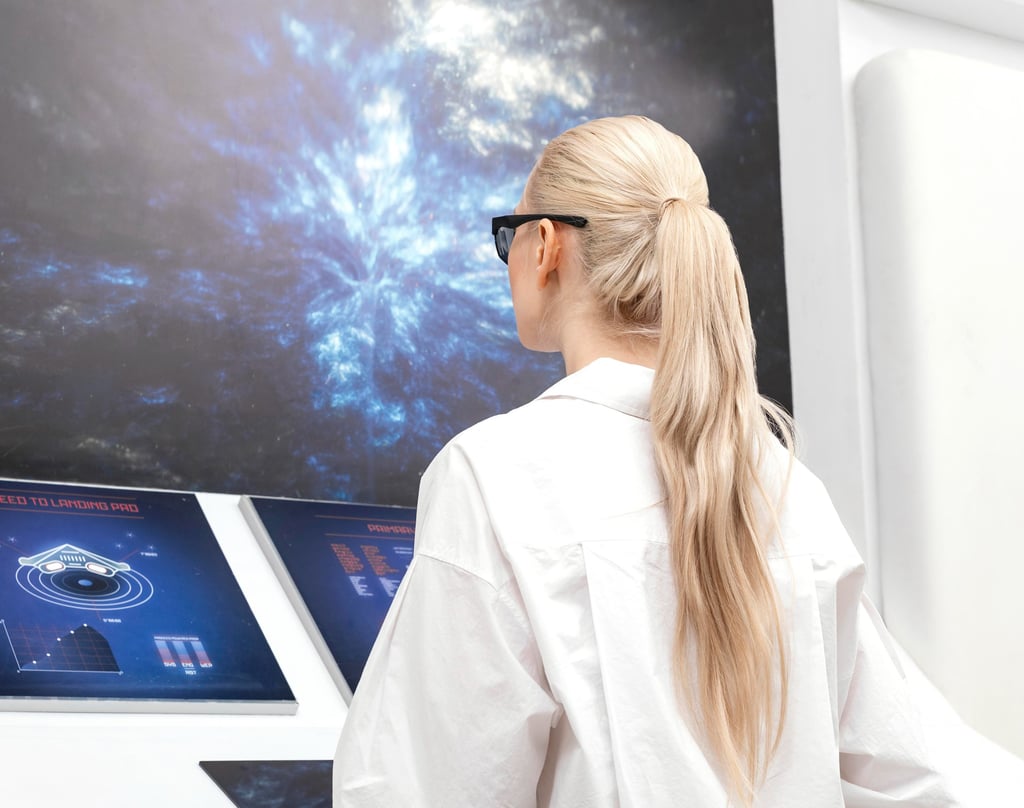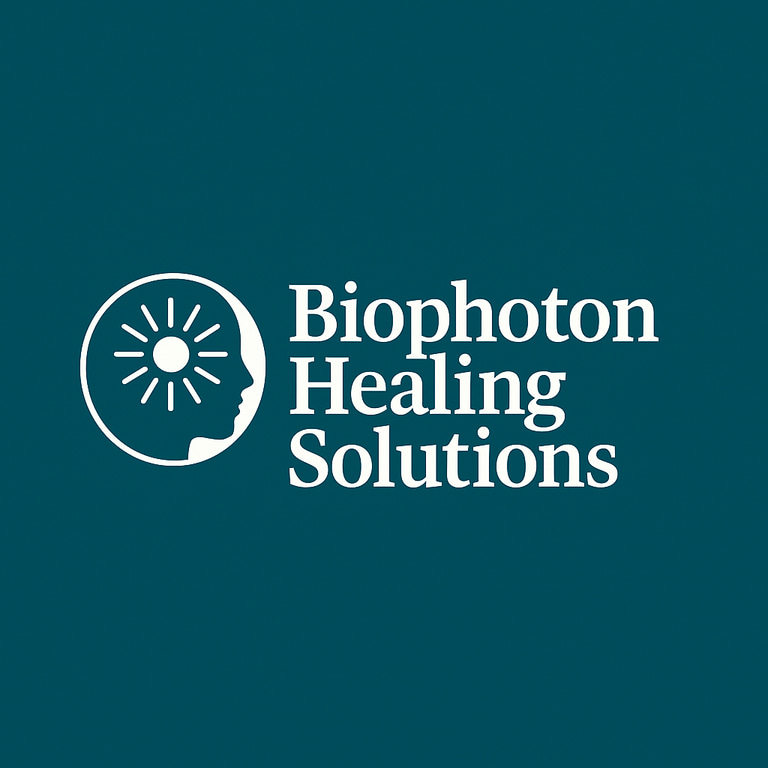Biophoton Quantum Medicine: A New Frontier in Holistic Healing and Nursing Care
Explore how Biophoton Quantum Medicine is revolutionizing holistic care, nursing practice, and patient healing. Discover its role in cell communication, stem cell activation, and non-invasive recovery.
Jeffrey L Mejeras
8/18/20253 min read


Introduction: Light as Medicine
Modern healthcare is shifting toward holistic, integrative approaches that combine clinical science with human-centered care. One of the most exciting developments is Biophoton Quantum Medicine (BQM) — a cutting-edge field that harnesses the body’s own light emissions to promote healing, cellular communication, and wellness.
Rooted in quantum biology and photobiology, biophoton medicine is transforming the way practitioners — especially nurses — support recovery. Unlike traditional therapies that rely solely on drugs or invasive interventions, biophoton therapy is non-invasive, natural, and scientifically validated .
What Are Biophotons?
Biophotons are ultra-weak light particles naturally emitted by living cells, typically within the UV-visible to near-infrared spectrum. Research led by pioneers like Fritz-Albert Popp showed that these photons:
Guide DNA regulation
Support cell-to-cell communication
Maintain oxidative balance and vitality
Unlike external light sources, biophotons are endogenous and coherent, meaning they vibrate in harmony to help organize biological processes. This coherence allows them to act as informational carriers within the body, ensuring that cells work together efficiently .
The Science of Biophoton Quantum Medicine
Biophoton Quantum Medicine combines quantum principles — such as coherence, tunneling, and entanglement — with modern health applications.
Studies show that restoring healthy biophoton signaling can:
Improve mitochondrial energy production
Stimulate stem cell activation
Reduce inflammation and oxidative stress
Accelerate tissue repair and recovery
Devices such as Tesla BioHealing® Automatic Biophoton Generators (ABGs), biophoton chambers, energized water, and photonic pads are designed to amplify the body’s natural biophoton field and enhance healing .
Clinical Benefits of Biophoton Therapy
Preliminary research, case studies, and thousands of real-world users highlight impressive benefits of biophoton therapy:
Wound Healing & Pain Relief – Accelerates closure of wounds and reduces pain via mitochondrial stimulation.
Improved Energy & Sleep – Supports recovery from fatigue, insomnia, and post-surgical stress.
Neurodegenerative Support – Early findings suggest benefits for Alzheimer’s, Parkinson’s, and other chronic conditions.
Holistic Well-Being – Enhances vitality, stress reduction, and emotional balance without invasive procedures.
Clinical data from over 45,000 users confirm a strong safety record and high satisfaction rates, with no adverse events reported .
Why Nurses Are at the Forefront
Nurses are uniquely positioned to lead the integration of biophoton medicine into patient care. As frontline providers, they can:
Apply biophoton devices for wound care, pain management, and recovery.
Introduce holistic wellness programs incorporating energy-based healing.
Educate patients about safe, non-invasive therapies that complement traditional care.
Nursing education is also evolving, with programs now exploring quantum biology, integrative therapies, and light-based healing techniques to prepare nurses for the next wave of healthcare innovation.
Ethical and Regulatory Considerations
While promising, biophoton medicine is still considered an emerging modality. Regulatory frameworks are evolving, with some devices categorized as wellness tools and others moving toward FDA medical device pathways.
Nurses and practitioners must ensure:
Informed consent when introducing biophoton therapies.
Ethical use within clinical and wellness settings.
Ongoing evaluation of safety and efficacy through research.
The Future of Biophoton Quantum Medicine
Looking ahead, key research areas include:
Measuring how BQM affects heart rate variability, immune response, and neuroplasticity.
Using BQM to reduce opioid dependence in pain management.
Exploring digital integration with EEG and HRV monitoring.
Nurse-led pilot studies in hospitals, wellness centers, and community health programs.
As healthcare embraces quantum-informed healing, biophoton medicine is poised to play a central role in holistic, patient-centered recovery.
Conclusion: A Transformative Shift in Care
Biophoton Quantum Medicine represents a new paradigm in healthcare: non-invasive, light-based healing that supports the body’s natural regenerative potential.
For nursing professionals, this frontier offers not only powerful new tools for patient care but also a chance to lead in holistic, energy-based healing. As evidence grows, biophoton therapy may soon become a cornerstone of integrative medicine, empowering patients and caregivers alike.
References & Attribution
This article is based on research published by:
James Z Liu, Helen Y Gu, Ya Hu, Mariola Smotrys, and Seth Robinson (2025).
“Biophoton Quantum Medicine: A Transformative Frontier for Nursing Professionals.”
COJ Nursing & Healthcare. DOI: 10.31031/COJNH.2025.09.000714
